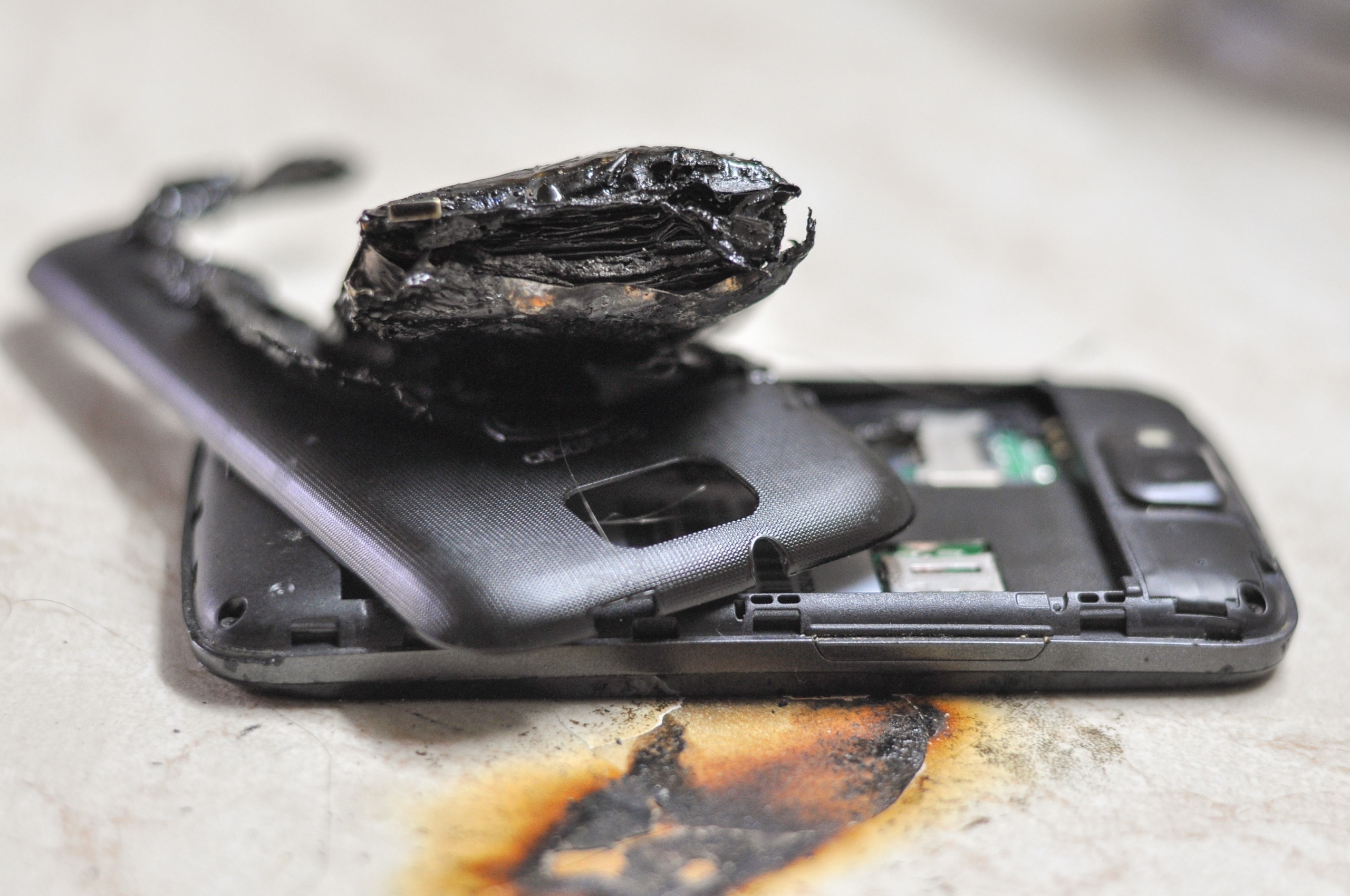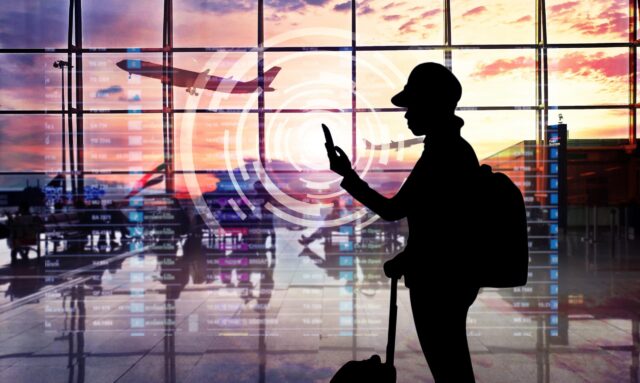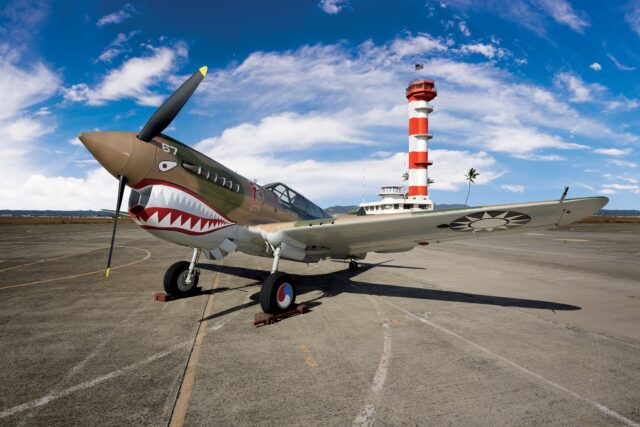How cabin crew deal with lithium battery fires onboard aircraft

November 16, 2025

The vast majority of passengers will be clutching smartphones, tablets or laptops as they board a flight nowadays. And while these devices are pretty much a life essential, they also bring a hidden risk: lithium battery fires.
Although incidents have risen as technology has evolved, thankfully, battery fires on aircraft are not particularly common. But the concerning thing about these fires is that they’re fierce, tricky to handle and extremely fast to take hold.
Airlines are well aware of the risks, which is why cabin crew are trained extensively to deal with them.
Why can lithium batteries be dangerous?
Lithium-ion batteries are compact powerhouses, storing a lot of energy in a small space. However, if a battery is damaged, has a manufacturing fault or overheats, it can go into “thermal runaway” – a chain reaction that can start a fire.
In fact, Emirates is one of the latest airlines to restrict the use of lithium-ion battery power banks onboard, due to the rising risks of thermal runaway fires.
Lithium battery fires are hard to extinguish. Water can make things worse, and even after the flames seem to be out, the device can reignite. And no, batteries can not just be thrown down the aircraft toilets or out of the flight deck window.
From January to the end of June 2025 alone, the FAA verified 38 lithium battery incidents involving smoke, fire or extreme heat on passenger and cargo aircraft, with a record 89 incidents in 2024. It has also issued SAFO 25002 – Managing the Risks of Lithium Batteries Carried by Passengers and Crewmembers – which warns of the growing risks posed by lithium batteries in the aircraft cabin.

First priority is detecting a lithium battery fire early
The earlier a battery fire is spotted, the better. Cabin crew are trained to notice warning signs, such as smoke, an unusual smell (or fume events), or a device that feels particularly hot. In the tight confines of a cabin, quick action is crucial, not just to stop the fire but also to protect passengers from smoke inhalation.
How do cabin crew contain lithium battery fires?
Once a problem is identified, cabin crew spring into action. The device is isolated and electrical fire extinguishers are used to control the flames.
Many airlines also now provide fire-resistant pouches or containers filled with sand or gel to safely store a malfunctioning battery. These can prevent flames from spreading and give the flight deck time to assess whether an emergency landing is necessary.
Communication and passenger safety
Keeping everyone informed is key. Cabin crew immediately alert the pilots, who can adjust flight plans and contact air traffic control. Passengers are also instructed to power down devices and remain calm.
Evacuations are rarely required for battery fires, but clear communication helps prevent panic and keeps the cabin safe.

Preventing lithium battery fires before they happen
Prevention is always better than cure. Any devices containing lithium batteries must accompany the passenger into the cabin and never be placed in hold luggage.
Cabin crew also remind passengers about the rules for carrying lithium batteries. This includes limits on spare batteries and what to do if your device becomes damaged, stuck between the seats, lost or excessively hot.
Pre-flight safety briefings and in-flight announcements reinforce these precautions, helping prevent incidents before they occur.
What is the regulatory guidance on lithium batteries in aircraft cabins?
International aviation authorities, including the ICAO and EASA, continually update guidance on lithium battery safety. Airlines use these recommendations to keep training programmes current, so that crew have the latest tools and knowledge to deal with a lithium fire effectively.
Calm, trained crew
Lithium battery fires don’t happen often, but when they do, the stakes are high. Cabin crew are trained to stay calm under pressure, armed with the right equipment (including smoke hoods), and clear procedures to handle these fast-paced situations. VR technology in training is also now playing an important part.
The fact is, with passengers carrying more and more personal gadgets, crew expertise remains one of the cabin’s best lines of defence against the risks of flying with lithium batteries.
Get all the latest commercial aviation news on AGN here.
Featured image: Ivan / stock.adobe.com
















